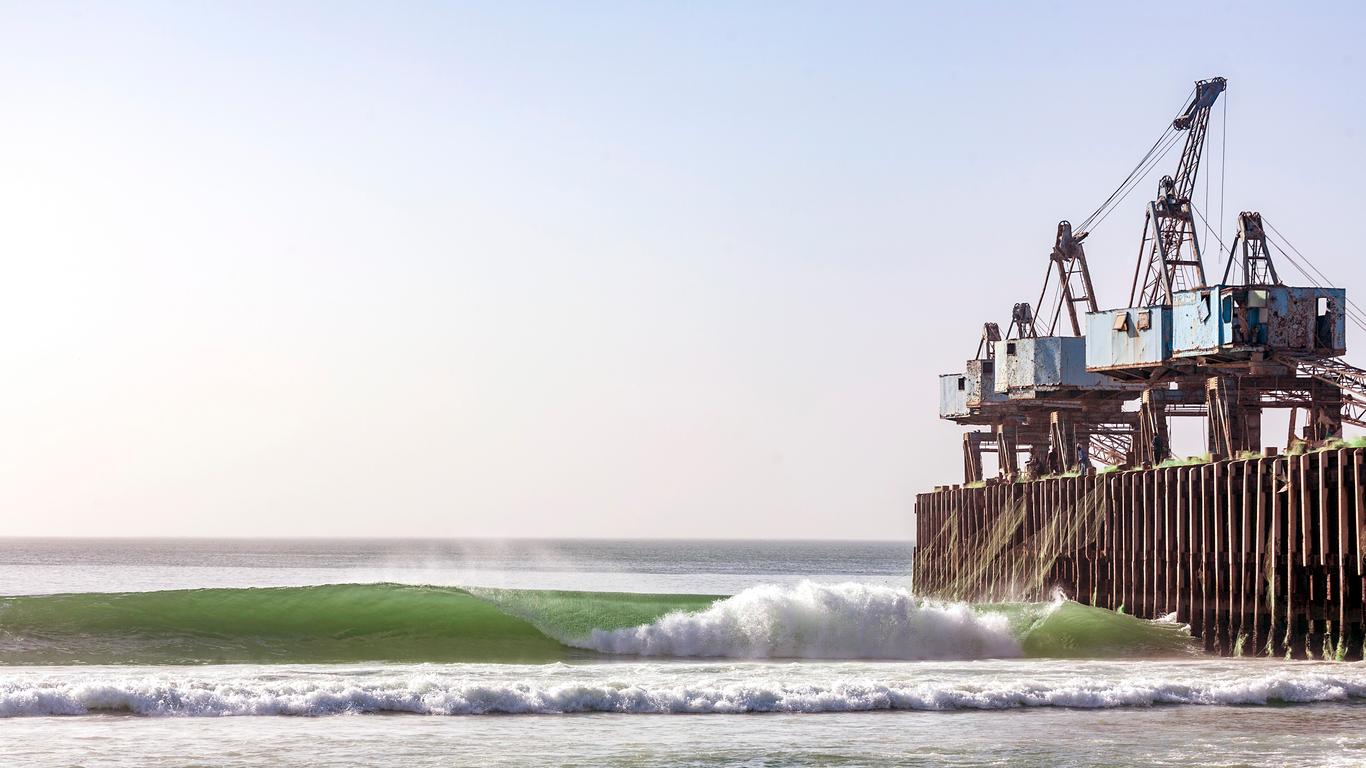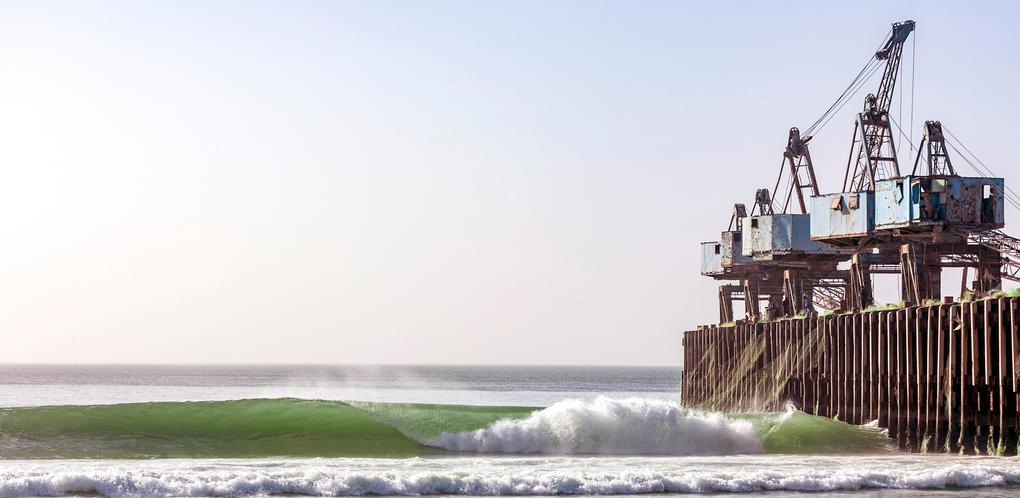
Mauritania travel guide
Mauritania Tourism | Mauritania Guide
You're Going to Love Mauritania
Don't let the vast deserted landscape fool you. Mauritania is a fascinating destination in Africa for its cultural heritage and unique wildlife.

What to do in Mauritania
1. Experience the Oasis in Terjit
Groves of palm trees and a natural swimming pool where the water is just at the right temperature make Terjit one of the top destinations in Mauritania. It's a true blessing in a country that's mostly desert.
2. Visit Ouadâne
Visiting this abandoned town, where the sand has taken over most of the buildings and streets, offers an opportunity to envision what life in the desert would feel like. Take the time to explore the narrow streets and buy handicrafts from Berber nomads.
3. Go on a Camel Safari
Surrounded by endless dunes, the oasis of Tanouchert is one of the perfect starting points for a camel safari. Add a night of camping in the Sahara for the complete desert experience.
4. Head to Port de Pêche in the Afternoon
To dust off all those desert experiences, head to Port de Pêche in Nouakchott, the capital of Mauritania, to observe fishermen returning from a day at sea. It's one of the most colorful and lively experiences.
5. Observe Wildlife at Parc National Diawling
Practically off the radar for most travelers, this small national park is one of the top spots in Mauritania for bird watching. Occasionally other species like monkeys and lizards make an appearance.
When to visit Mauritania
November to March are the best months to explore the desert when temperatures are milder.
To experience more of the local life, travel between June and August and head to the oases with the locals for the date harvesting events.
How to Get to Mauritania
Entry requirements
Nationals from most countries can enter Mauritania with a visa on arrival, issued at the international airport or one of the land borders.
Only passengers who have recently traveled in a yellow fever endemic zone will need to show a vaccination certificate before entering the country.
Plane
Mauritania is served by the Nouakchott International Airport, with regular flights from Dakar (Senegal), Casablanca (Morocco), Paris (France), and Algiers (Algeria).
Car
If traveling by car to Mauritania, visitors will need to present a passport, valid visa, and the vehicle's registration papers. Drivers can enter the country from Morocco or Senegal.
Bus
The most comfortable and convenient way to enter Mauritania by bus is from Morocco. Supratours operates a night bus from Dakhla to the border with Mauritania.
Popular airlines serving Mauritania
Where to stay in Mauritania
In larger cities and towns, including the capital Nouakchott, travelers will find a wide variety of high-end hotels. Tourists heading to the desert can opt between basic inns and camping sites (equipped with tents or stone huts).
Where to stay in popular areas of Mauritania
Most booked hotels in Mauritania
How to Get Around Mauritania
Public Transportation
Public transportation within the main cities is a mix of minibuses and bush taxis. The first are reserved for well-maintained roads, while the latter cover the rest.
Trains
There is only one train in Mauritania, connecting Nouadhibou to Zouerat. It's become a tourist attraction in itself but it's actually a cargo train for iron-ore that is used as a passenger train because there are no alternatives.
The uncomfortable trip takes almost 20h to complete and it's more suitable for adventurers than for passengers looking for an overland alternative to get from Nouadhibou to Zouerat.
Car
Considering the poorly maintained roads in Mauritania, it's best to rent a car with a driver, preferably a 4x4 vehicle.
Drivers will come across plenty of roadblocks, where police officers require a "fiche" (a document with all data, including itinerary, name, and nationality). Travelers can do one themselves. Keep as many copies as possible to hand out when asked.
Plane
Mauritania Airlines operates regular domestic flights between Nouakchott and Nouadhibou. Two times a week, domestic flights leave from Nouakchott to Zouerate, with a stop in Nouadhibou.
The Cost of Living in Mauritania
Credit cards are accepted in high-end hotels only. Elsewhere pay with cash. There are plenty of ATMs available in the capital city. A cheap meal at a restaurant costs about 2,000 MRU (53 USD) and a meal at a mid-range restaurant for two people costs around 8,000 MRU (214 USD).